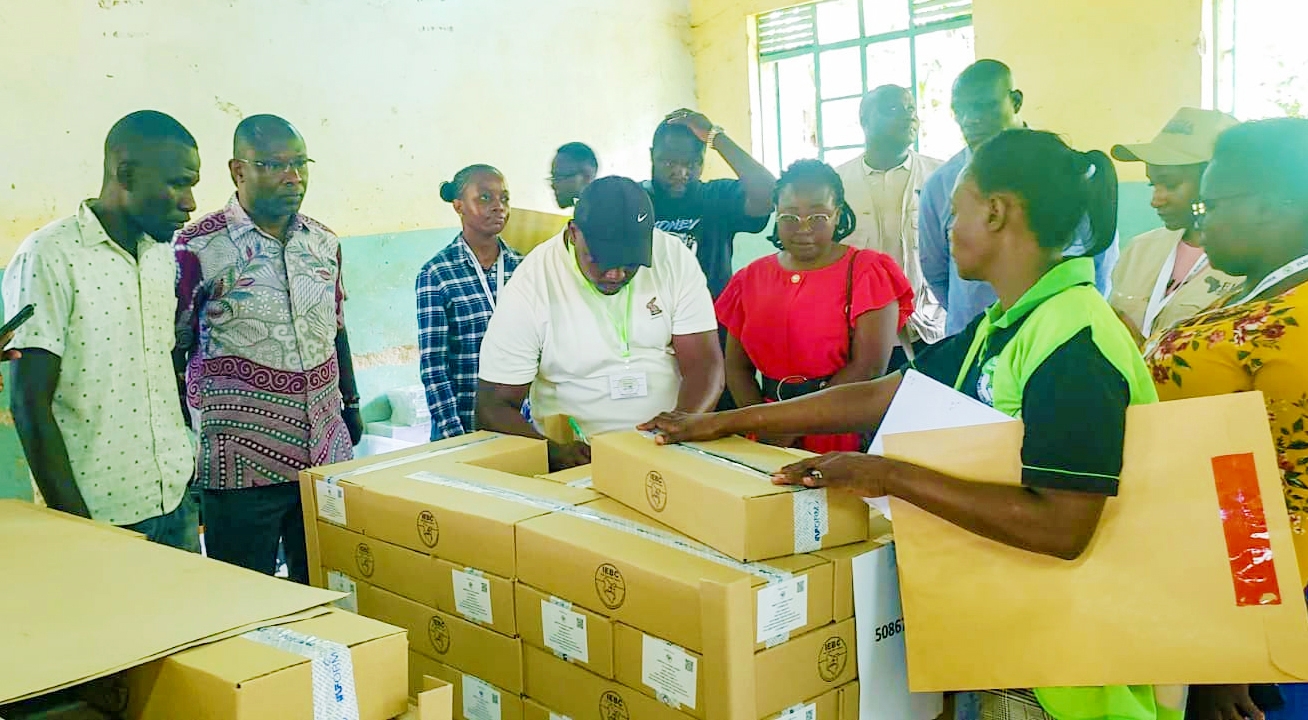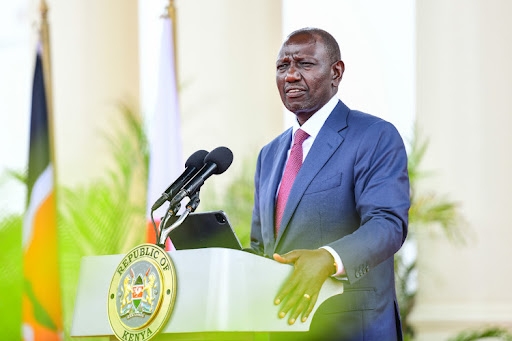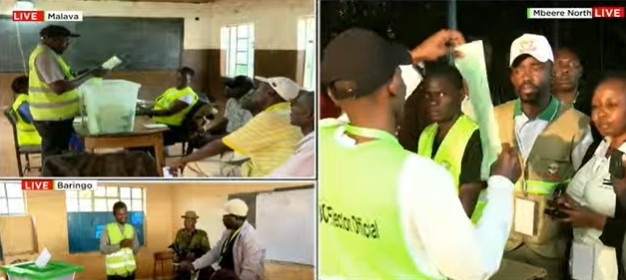Authorities should prepare for possible drought in large swathes of eastern Kenya, caused by a La Nina that is expected to develop this month, Met has said.
However, the meteorological department said this will be a weak La Nina, quelling fears of countrywide drought.
Met director Dr David Gikungu said in a three-month (October-December) forecast, that western Kenya is still likely to get near to above-average rains.
Central Kenya is expected to have a poor to fair distribution of rain.
However, the rains will reduce drastically as you move towards eastern Kenya and the border with Somalia.
“This will be driven by weak La Nina conditions which are likely to develop during September to November and persist into early 2025 and a neutral Indian Ocean Dipole,” he said.
La Niña has the opposite effect of El Niño. It is associated with depressed rainfall in Kenya.
The weatherman said the country should maximise production, even with little rains, to offset the effects of drought.
“The expected deficit in rainfall over the eastern sector of the country is likely to cause a slide into the alert phase of the drought early warning system, which might progress to the alarm worsening phase as the season progresses,” Gikungu said.
He said the short (October-December) rains will begin late in most places, except in western Kenya where the ongoing rains will continue.
The predicted onsets, cessations and distribution of rainfall were derived from the year 2020, which appears to have similar weather to 2024.
“The rainfall outcomes for this analogue (similar) year are for reference only and should not be interpreted as part of the forecast. Rather, they provide a sense of the rainfall outcomes that can occur given broadly similar global climate conditions,” he said.
The specific forecast shows the ongoing rainfall in western Kenya will not stop but continue through September to December.
This region refers to Siaya, Kisumu, Homa Bay, Migori, Busia, Kisii, Nyamira, Trans Nzoia, Uasin Gishu, West Pokot, Elgeyo Marakwet, Nandi, Kericho, Bomet, Kakamega, Vihiga, Bungoma, Baringo, Nakuru, parts of Narok, parts of Laikipia and western Nyandarua.
The rains here will be near to slightly above the long-term average amounts. It will cease in the third to fourth week of December.
Turkana and western Samburu, which are currently having rains, will continue to be wet until December. However, the distribution will be poor. The rain will end in the fourth week of November to first week of December.
In Nairobi, Nyeri, Kirinyaga, Murang'a, Kiambu, Meru, parts of Embu, the parts of Nyandarua, parts of Tharaka Nithi, the rains will start in the third or fourth week of October and end in the first or second week of December. They will be poor to fair.
At the coast – Kwale, Mombasa, Kilifi, Lamu and parts of Tana River – rains will begin either in the fourth week of October to the first week of November and end on the first to second week of December but will be poor.
Northeastern counties (Mandera, Wajir, Garissa, Marsabit, Isiolo) and Southeastern lowlands (Makueni, Kitui, Tana River, Machakos) will have poor rains from the fourth week of October to the first week of November. It will end the fourth week of November to first week of December.
Taita Taveta and Kajiado will receive poor rains from first to second week of November and end first to second week of December with occasional rains towards end of December.
Wheat growing Narok will receive poor rains from fourth week of October to first week of November and cease third to fourth week of December.
“This season will be marked by prolonged dry spells and occasional isolated storms, even in regions where the general forecast indicates depressed rainfall,” Dr Gikungu said.
Most parts of the country are expected to be warmer than average except a few areas over the western sector where temperature is expected to be near average.
The Central and eastern parts of the country are expected to have higher probabilities for warmer than average temperature.













